My quest began in 2009, an odyssey to see if the soul of a shakuhachi could be born from Madaké bamboo grown in North American soil. For years, I sought out the oldest groves, though they often found me.
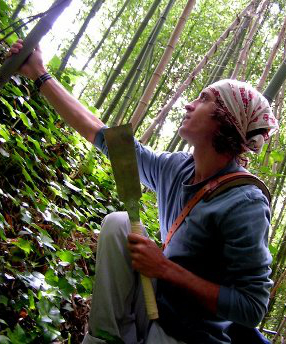
It was the late winter of 2009 when I stumbled upon a massive, old Madaké grove prospering just a few towns over from my birthplace in Norfolk, Virginia. Planted beside a large Japanese company, it was a hidden world where I would eventually find the largest diameter stalk of Madaké ever recorded in the US. In retrospect, it seems silly that the idea of Madaké in America was such a surprise. As a child, my own yard was a landscape of Japanese ornamental plants cultivated by my father and grandfather.
The Guardian of the Groves and a Test of Trust
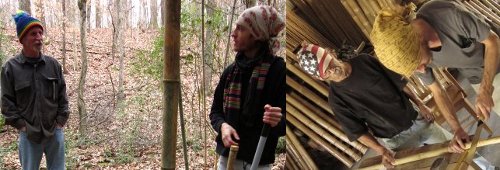
My search for these precious plants continued in 2010, taking me from the physical world to a digital one. While scouring the internet, I found the website of Jim Mortensen, a passionate advocate of growing bamboo. His site was a revelation, showcasing massive, thriving Madaké groves he had identified in his area. I reached out, full of hope, only to discover my path was blocked by the ghost of a past visitor.
Jim, it turned out, had previously hosted another American shakuhachi maker who had left a scar on his trust. This person, in a fit of what we can only call “bamboo madness,” apparently wanted to haul away massive quantities of the bamboo in a rented moving truck. Jim had justifiably sworn off ever hosting another “shakuhachi maniac.”
Somehow, in our correspondence, I managed to convey my deep respect for both the plant and the people who steward it. He decided to take a chance on me, a chance I swore I would not take for granted. True to his word, Jim graciously secured the necessary permissions from landowners, and soon, I was on a plane.
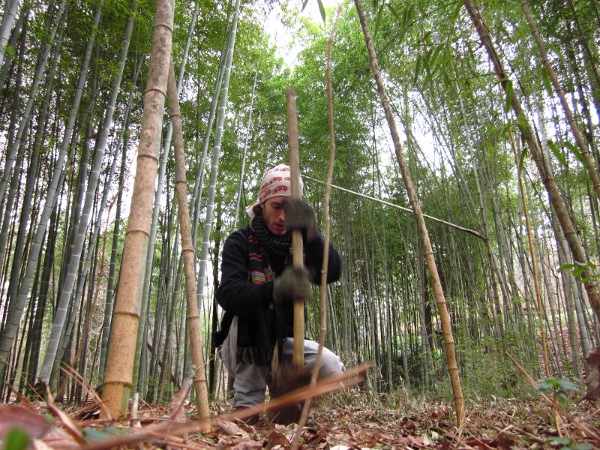
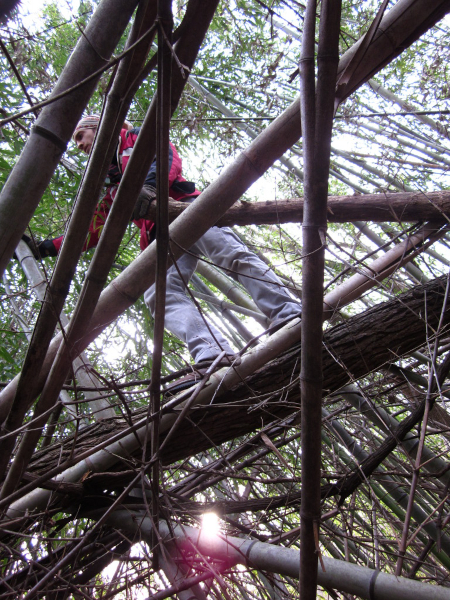

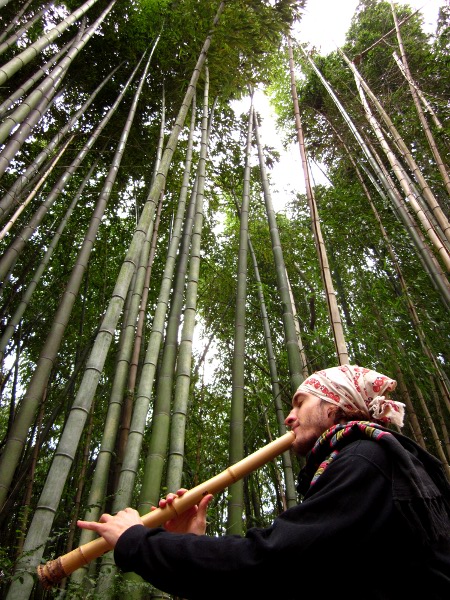
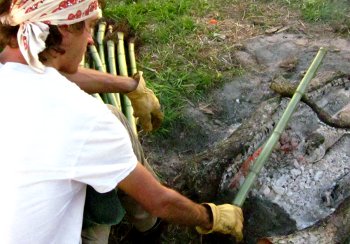
Upon arriving, I was met by my host at his home, a sanctuary surrounded by bamboo groves of many different types. Jim then led me to the Madaké groves, and nothing could prepare me for their scale. Stepping into them felt like passing through a magic portal, instantly transporting me back to the mountains of Japan. In an act of incredible kindness, Jim and his son even offered to help with the harvest (a gesture so generous that I had to politely refuse). This was my pilgrimage, my work to do.
The harvest itself was immensely satisfying. My father joined me, and together we gathered a significant haul, enough to leave Jim and his son impressed by our efficiency. But it was a mindful harvest that was respectful and measured. There was no thought of filling a moving truck, only of taking what was needed with gratitude.
At the end of our time together, Jim told me he was glad he’d taken that chance. His trust was the greatest gift of all, and I remain eternally grateful for it.
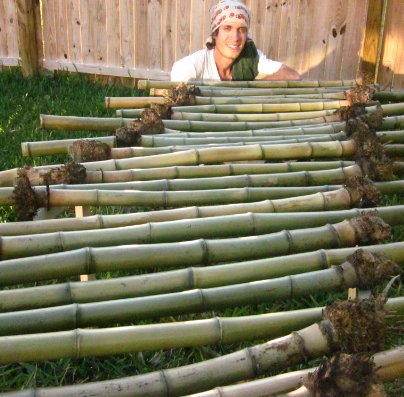
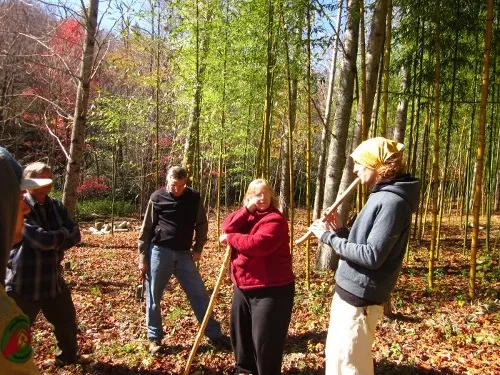
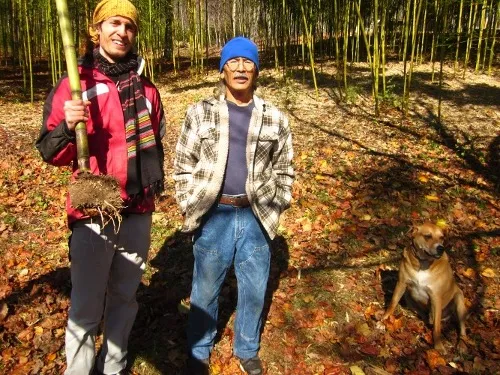
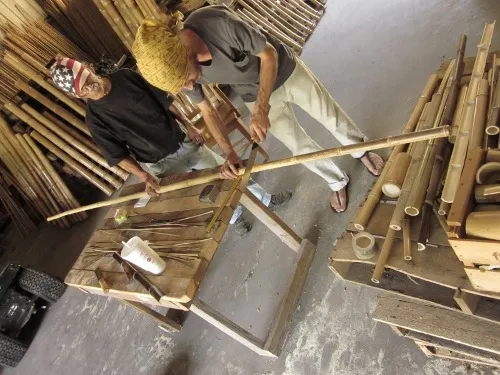
After moving near Asheville, NC, later in 2010, my search led me to a man named Keiji Oshima. On a mountain in Hendersonville, Keiji-san had built his home and spent decades cultivating a sanctuary of Madaké bamboo. A master craftsman himself, he graciously allowed me to harvest from his groves, where each stalk is marked by age, ensuring it is taken only at its peak. After a tour of his immaculate farm, we returned to his enormous warehouse where hundreds of bamboo poles rest in various stages of drying, waiting to be split for his masterfully woven baskets.
Meeting Keiji-san deepened my appreciation, but it also ignited my curiosity. How did these plants travel an ocean to put down roots so far from home? This question sent me down a historical rabbit hole, where I discovered an unlikely saga of pioneers and philanthropists.
A Journey Halfway Around the World: The History of Japanese Madaké Bamboo in North America
This part of the story belongs to visionaries Andres E. Moynelo, Barbour Lathrop, and David Fairchild. During an expedition to Japan in 1902, Lathrop, a passionate world traveler, insisted on the importance of bamboo. “We should have them at home,” he told Fairchild. “The Japanese use it for everything. It may take a long time before Americans learn how to use it, but they’ll never learn if we do not introduce the plant.”
Their work, however, stood on the shoulders of a Cuban-born rice planter named Andres E. Moynelo, who first introduced Madaké to the United States from Japan in the late 1880s. A few of these plants found their way to the Georgia farm of a Mrs. H. B. Miller. Decades later, in 1915, that same grove faced destruction. A farm worker sent a frantic plea to David Fairchild, begging him to save the bamboo.
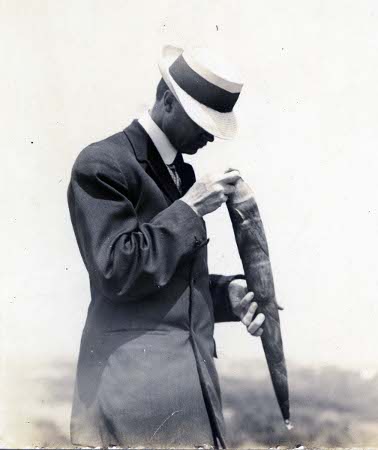
Fairchild was stunned to see such a huge, healthy grove of precious Madaké thriving in American soil. He immediately told Lathrop, who in 1919 purchased the property and gave it to the USDA, securing its future. That very site, a legacy saved from the axe, is now the Coastal Georgia Botanical Gardens.
And so, the circle completes. From a single Moynelo’s journey in the 1880s to a visionary’s act of preservation, their efforts are what allow me, over a century later, to craft a traditional Japanese instrument from a bamboo that has become part of the American landscape. My own odyssey is just one small part of its story. With humility, reference, and gratitude, J
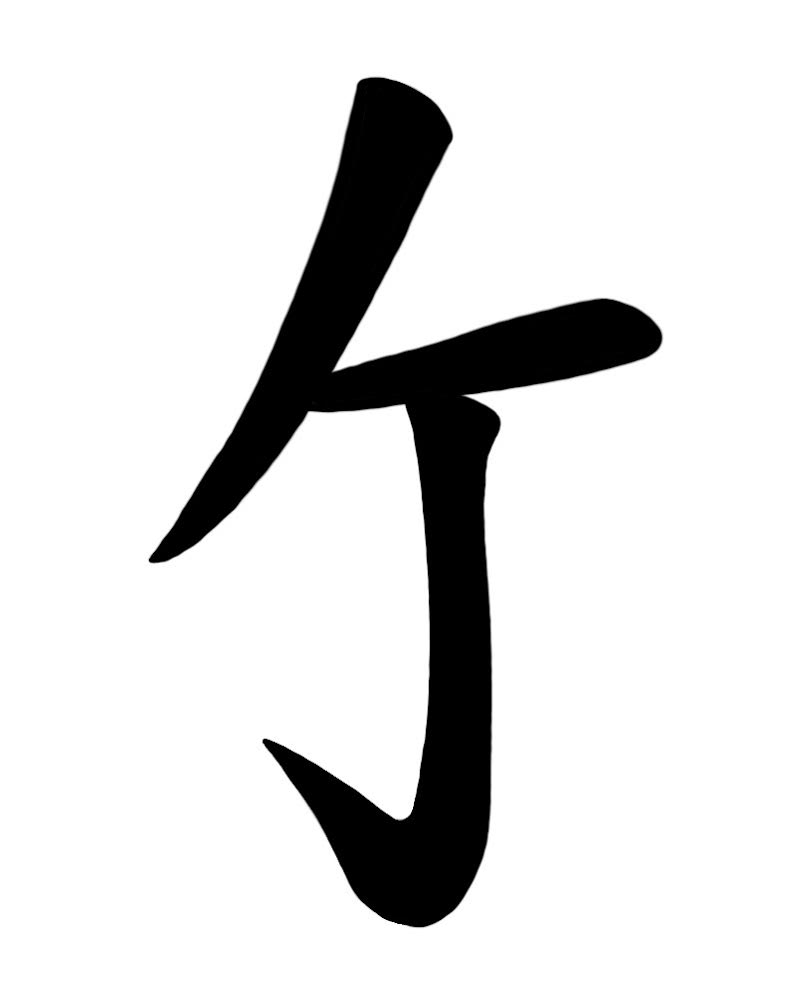

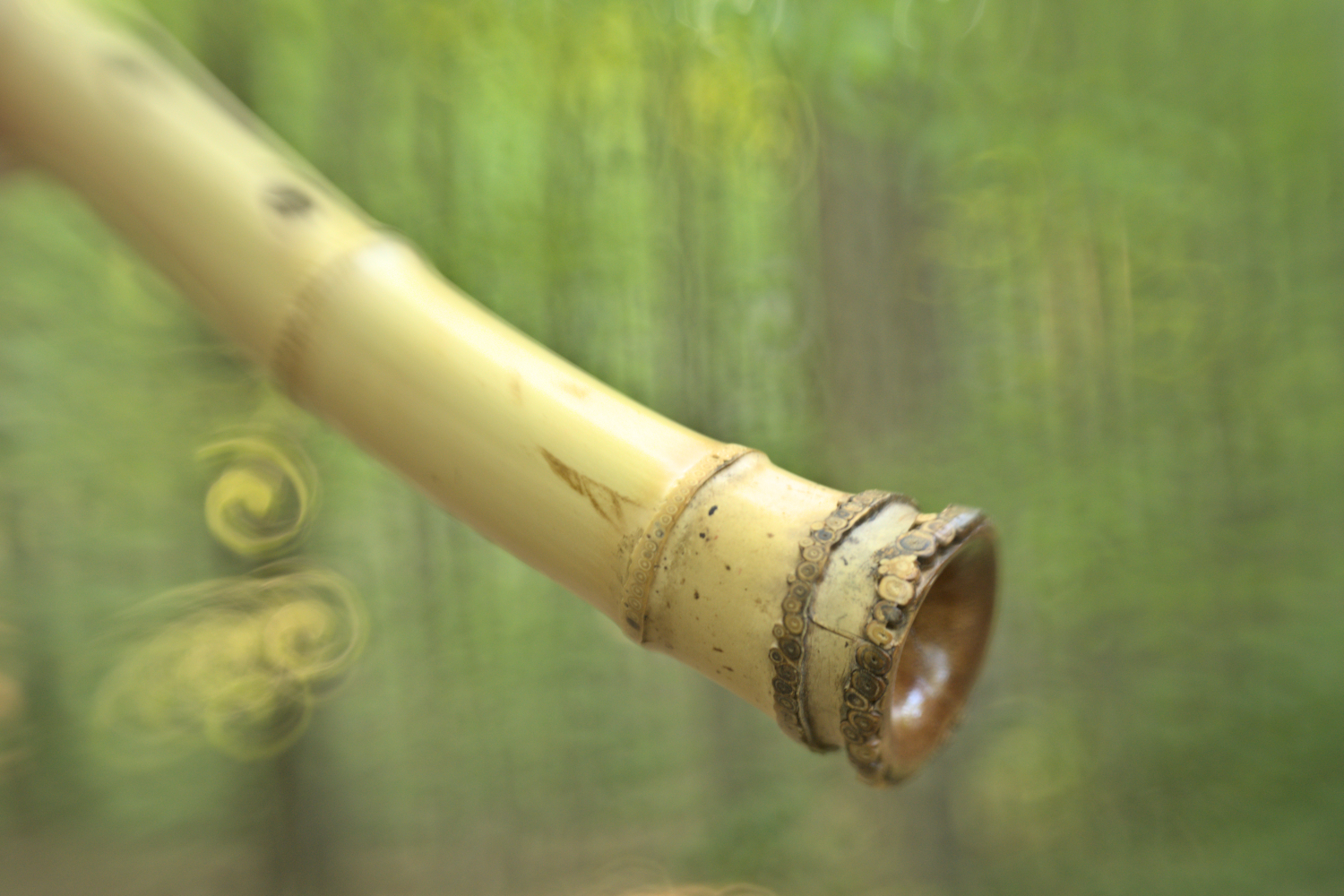
Leave a Reply